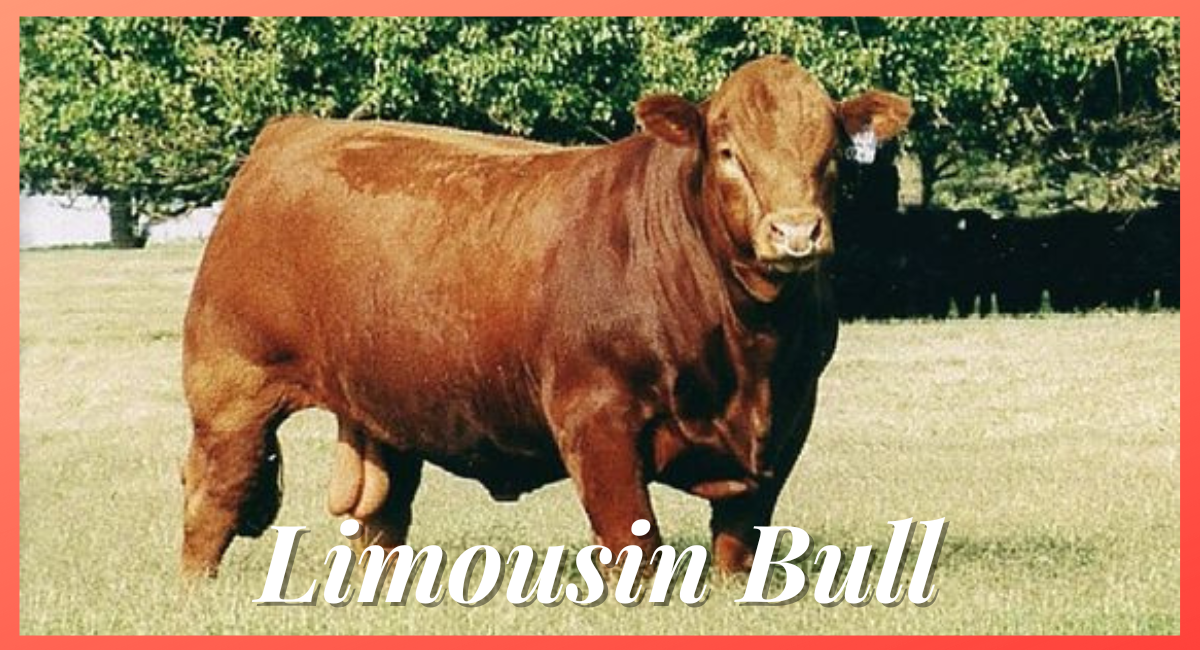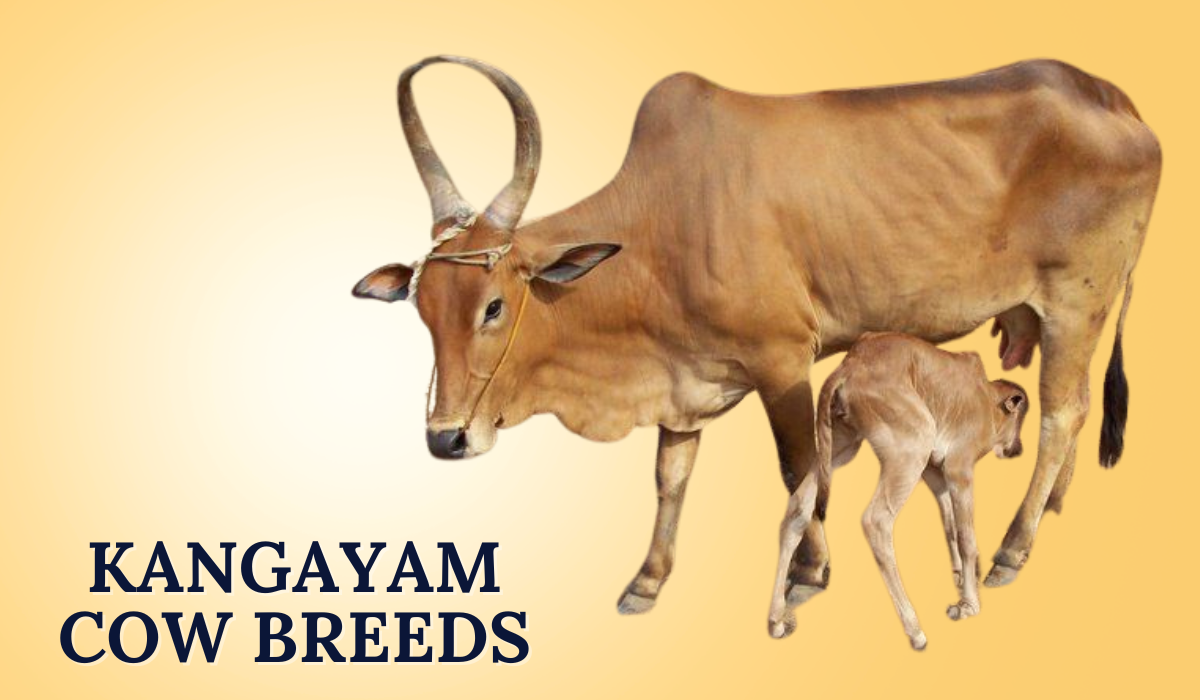Origins and Characteristics
The Limousin breed originated in the central region of France, where farmers initially bred it for both draft work and meat production. These cattle became known for their strength and endurance, which made them invaluable assets on farms. Through selective breeding, breeders have developed the Limousin bull to enhance desirable traits. These include its muscular physique, docile temperament, and impressive growth rates. As a result, the Limousin bull has become a strong competitor in the beef industry. It is often compared to other prominent breeds, such as the Charolais.
Selective breeding practices have focused on improving meat quality. They have also ensured that the Limousin remains adaptable to various farming systems. This adaptability allows producers to maximize productivity and profitability.
One of the most distinguishing features of the Limousin bull is its coat. It typically ranges from golden-red to light wheat-colored. The breed is renowned for its well-defined musculature, which contributes to its striking appearance. This muscular build also contributes to meat quality.
The muscular physique allows for higher yields of lean meat. The meat is low in fat but rich in flavor. This characteristic has made Limousin bulls highly sought after by beef producers. They aim to meet the increasing consumer demand for high-quality meat.
In comparison, while the Charolais bull is also celebrated for its meat quality, the Limousin stands out. Its unique blend of flavor and lean meat production provides a compelling option for farmers. They look to enhance their beef offerings.
Both the Limousin bull and the Charolais bull are favorites among cattle breeders and consumers alike. Their emphasis on quality and efficiency in meat production makes them highly regarded in the industry.
Advantages for Cattle Producers
The Limousin bulls offer numerous advantages for cattle producers, making them a preferred choice in beef production. One of the most significant benefits is their exceptional growth rate, which allows producers to achieve market weight more quickly compared to other breeds. This rapid growth enhances the efficiency of meat production and lowers feed costs, as it requires less time and fewer resources to reach optimal weights. Additionally, Limousin bulls produce a high yield of lean meat, which appeals to health-conscious consumers and helps producers maintain a favorable profit margin. Their docile temperament further facilitates easier handling and management on farms, reducing stress for both the cattle and the handlers, thus enhancing overall productivity.
On the other hand, the Shorthorn Bull presents its own set of advantages for cattle producers. Known for their adaptability to various environments, Shorthorn bulls can thrive in different climatic conditions, making them suitable for a wide range of farming operations. Their versatility is complemented by their ability to produce high-quality beef, characterized by good marbling and flavor. Furthermore, Shorthorn bulls often have a strong maternal instinct, which can improve calf survival rates and overall herd productivity. By integrating both Limousin bulls into their breeding programs, producers can benefit from a combination of rapid growth, meat quality, and adaptability, creating a robust and efficient cattle operation.
Breeding and Genetics
Breeding and genetics play a crucial role in enhancing the desirable traits of livestock, particularly in high-quality beef production. Limousin bulls are selectively bred for superior muscle development and growth rates, improving their meat yield and overall performance. Through careful genetic selection, breeders aim to produce bulls that not only exhibit robust health and vigor but also possess traits that meet the demands of the market. By using advanced reproductive technologies like artificial insemination and embryo transfer, breeders can maximize the genetic potential of Limousin bulls. This approach allows them to produce offspring that inherit the best qualities of their lineage. This focus on genetics helps maintain the breed’s reputation for efficiency in converting feed into high-quality beef, making them a preferred choice among producers.
In contrast, the Piedmontese Bull is also recognized for its exceptional genetics that contribute to its unique meat characteristics, such as tenderness and flavor. Breeders of the Piedmontese breed emphasize the importance of genetic diversity and health to ensure that their bulls are not only high-yielding but also resilient in various environmental conditions. The use of genetic testing and evaluation helps identify superior breeding stock, enabling producers to make informed decisions that enhance their herds’ productivity. By focusing on breeding programs that prioritize both Limousin bulls and , cattle producers can leverage the strengths of both breeds, resulting in a more sustainable and profitable beef production system. The integration of these breeding practices ultimately contributes to the continuous improvement of meat quality, meeting the evolving preferences of consumers in the marketplace.
Nutritional Needs and Management Practices
The Limousin bulls require a well-balanced diet to support their growth, health, and overall productivity. Their nutritional needs primarily revolve around high-quality forage, which includes fresh grasses and legumes that provide essential fiber for optimal digestion. In addition to forage, incorporating concentrates such as grains and protein supplements is crucial for enhancing weight gain and muscle development. Given that Belgian Blue bulls are known for their impressive muscle mass, it is vital to ensure that both breeds receive adequate vitamins and minerals, often through mineral blocks or supplements, to support their reproductive performance and overall health. Regular assessments of their dietary intake can help adjust feeding strategies to meet changing growth stages and production goals.
Management practices play a significant role in the health and well-being of Limousin bulls and . Providing a comfortable living environment is essential, with ample space for movement to prevent stress and aggression. Adequate shelter protects these bulls from extreme weather conditions, promoting better health and productivity. Routine health check-ups and vaccinations are critical to preventing disease and maintaining herd health. Additionally, implementing a parasite control program helps manage infestations that can compromise the bulls’ health. Gentle handling and early socialization are also vital management practices, ensuring that both breeds develop a trusting relationship with handlers, ultimately leading to smoother management processes and improved farm efficiency.
Health Management and Veterinary Care
Handling and Training
Handling and training Limousin bulls is crucial for establishing a positive relationship between the animals and their handlers. These bulls have a calm demeanor, which benefits handlers during sessions. It is essential to start socialization early, exposing calves to human interaction from a young age. This early handling fosters trust and reduces stress during routine activities such as feeding, veterinary checks, and transportation. Employing gentle and consistent techniques can help maintain a peaceful environment, allowing the Limousin bulls to acclimate to various situations without fear. Proper handling not only enhances the safety of the handlers but also contributes to the overall well-being of the animals.
In addition to socialization, training Limousin bulls for specific tasks is vital for efficient farm operations. Teaching them to respond to commands for loading onto trailers, moving between pastures, or participating in shows can significantly enhance management practices. Comparatively, the Chianina bull, known for its size and strength, may require different training techniques due to its robust nature. However, both breeds benefit from patient and firm training approaches that prioritize the animals’ comfort and security. Utilizing positive reinforcement methods, such as rewards for desired behaviors, can further encourage compliance and cooperation in both Limousin bulls and Chianina bulls. By investing time and effort into proper handling and training, cattle producers can ensure smoother operations and improve the overall health and productivity of their herds.
Sustainable Practices
Market Demand and Economic Impact
The demand for Limousin bulls in the beef market has seen a significant increase. This is due to their exceptional growth rates and high-quality meat. Cattle producers and consumers are increasingly recognizing the advantages of this breed. Limousin bulls are renowned for their lean meat, tenderness, and flavor. As a result, they have become a preferred choice for beef production. This trend is impacting market dynamics and driving higher prices for both calves and finished cattle.
The rising demand not only supports individual farmers’ profitability but also stimulates local economies. It enhances the viability of beef production operations. The market for Limousin bulls is further complemented by the popularity of other breeds like the Aberdeen Angus bull. Known for its marbled meat, this breed broadens consumer options and increases competition within the beef sector.
The economic impact of these cattle breeds extends beyond direct sales. It also encompasses the entire supply chain, including feed production, veterinary services, and transportation. The demand for Limousin bulls and Aberdeen Angus bulls encourages investment in livestock infrastructure. This, in turn, creates jobs and contributes to rural development. Additionally, growing consumer interest in premium beef products encourages producers to adopt more sustainable practices. These practices ensure the long-term viability of the industry.
Limousin bulls are also among the largest animals the world. Their efficiency and quality help meet the increasing global demand for high-quality beef. This makes them a pivotal component in the agricultural economy. By aligning production practices with consumer preferences, the cattle industry can continue to thrive and adapt to changing market conditions.
Future Prospects and Innovations
Conclusion
In conclusion, the Limousin bull is an excellent choice for beef production. It combines exceptional growth rates with superior meat quality. Additionally, it is highly adaptable to various environments. With a rich history and strong economic prospects, this breed has become a vital asset in the global beef industry.
By focusing on effective management practices and sustainable farming, cattle producers can fully harness the potential of the Limousin bull. This ensures a profitable and sustainable future in beef production. Whether you’re a seasoned producer or new to the industry, the Limousin bull offers an incredible opportunity. It helps contribute to a thriving agricultural landscape.



